At Solo Printing, we’re embarking on a journey this April to dive deep into the captivating world of commercial printing. While magazines, catalogs, booklets, brochures, postcards, and mailers might appear as ordinary printed materials, within each lies a world of artistry waiting to be uncovered. Join us as we celebrate the meticulous craftsmanship and creative potential behind these seemingly every day print products.
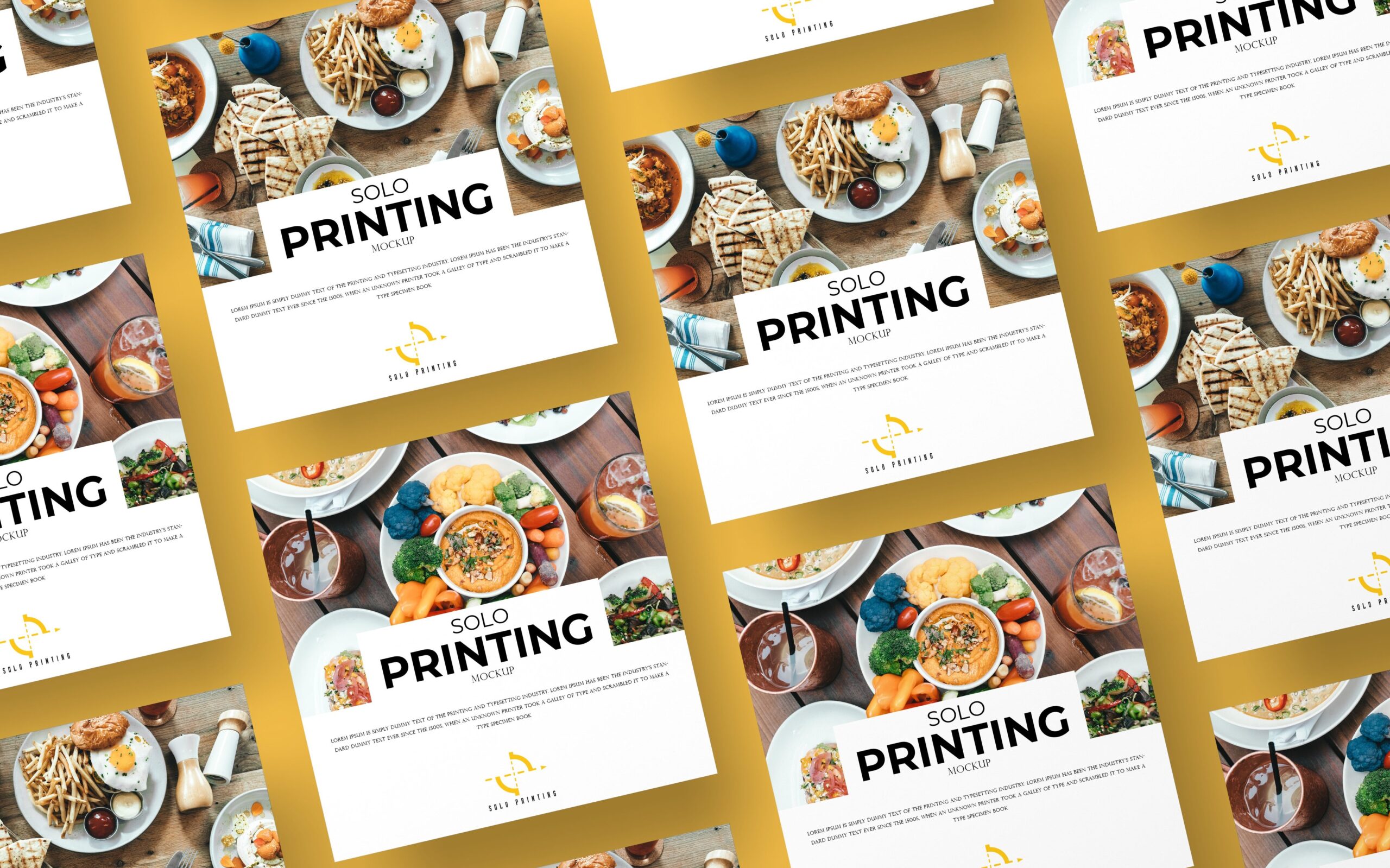
The Art of Layout and Design
Behind every visually stunning magazine spread or captivating catalog lies the masterful work of designers who expertly weave together imagery, typography, and whitespace to craft compelling visual narratives. The art of layout and design involves more than just arranging elements on a page; it’s about creating an immersive experience that draws readers in and guides them through a story or message.
From selecting the perfect fonts and colors to balancing images and text in a harmonious composition, designers pour their creativity and expertise into every detail, transforming ordinary pages into works of art that captivate and inspire. Each design decision is carefully considered, considering not only aesthetic preferences but consumer behavior and market trends.

Designers conduct thorough research to understand their target audience, including their demographic profile, psychographic characteristics, and purchasing behaviors. By gaining insights into consumer preferences and habits, designers can tailor their design choices to resonate with their audience on a deeper level. For example, they may opt for bold and vibrant colors to appeal to younger demographics or choose elegant and minimalist typography to attract a more upscale audience.
Additionally, designers anticipate how consumers will interact with the printed materials, whether it’s flipping through a magazine, browsing a catalog, or receiving a direct mail piece. This understanding influences layout decisions, such as the placement of key information and calls to action, to optimize engagement and response rates. By integrating consumer behavior insights into their design process, designers create print materials that not only look visually stunning but also effectively communicate messages and drive desired actions.
Print Finishing Techniques
While the printing process lays the foundation for a printed piece, it’s the finishing touches that truly elevate it to the next level. Print finishing techniques encompass a wide range of processes, from coatings and laminates to embossing and foiling, each adding a unique visual and tactile dimension to the final product.
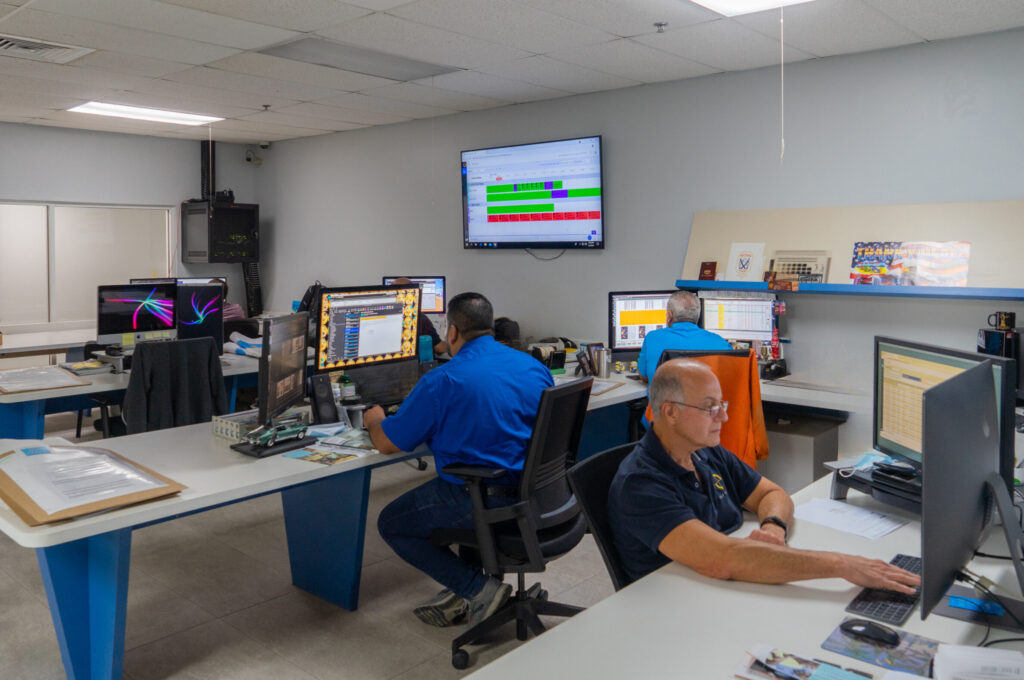
Glossy coatings enhance colors and add a luxurious shine, while matte finishes impart a subtle elegance. Embossing and foiling create raised or metallic accents that catch the eye and create a sense of sophistication. These finishing touches not only enhance the aesthetic appeal of magazines, catalogs, and other printed materials but also elevate the overall perceived value, making them stand out in a crowded marketplace.
Prepress technicians play an indispensable role in the print production process, serving as the bridge between design concepts and tangible printed materials. Their meticulous attention to detail and technical expertise ensure that print files are properly prepared for production, optimizing quality and efficiency at every stage.
Prepress technicians are responsible for tasks such as file processing, color management, and proofing, all of which are critical for achieving accurate and consistent results. They meticulously inspect artwork files, checking for potential errors or discrepancies that could impact the final output. Additionally, prepress technicians collaborate closely with designers and clients to address any concerns or adjustments needed to meet printing specifications and requirements. Their deep understanding of printing technologies and industry standards enables them to optimize file settings for different printing processes, ensuring the best possible outcomes for each project.
Paper Selection and Texture
Paper selection is a critical aspect of commercial printing, as it significantly impacts the look and feel of a printed piece. From the smooth, glossy pages of a high-end magazine to the textured, matte paper of an artisanal brochure, the choice of paper can convey a wealth of sensory information and evoke different emotional responses.
Beyond the visual appearance, paper texture adds depth and tactile appeal, inviting readers to engage with the printed material on a more intimate level. Whether it’s the crispness of a freshly printed page or the softness of a textured paper stock, the tactile experience of commercial printing adds an extra layer of richness and sensory delight to the reading experience.
Customization and Personalization
In today’s hyper-targeted marketplace, personalization is key to creating meaningful connections with customers. Variable data printing technology enables magazines, catalogs, and mailers to be customized with targeted messaging, images, and offers tailored to specific audiences.
Whether it’s addressing recipients by name, showcasing products based on past purchase history, or highlighting regional promotions, personalized print materials create a more relevant and engaging experience for readers. By leveraging data-driven personalization techniques, brands can deepen customer engagement, drive conversions, and build stronger brand loyalty.
The People Behind the Press Matter
Printing press operators and all individuals involved in the print production process play a crucial role in ensuring the quality and success of each printed product. They are all artists in their own way. From the skilled technicians who operate the printing presses to the meticulous prepress professionals who prepare files for production, every step of the printing process requires attention to detail and precision.

Press operators are not only responsible for setting up and running the machinery but also for monitoring print quality, adjusting settings as needed, and troubleshooting any issues that may arise. Additionally, the teamwork and collaboration among prepress specialists, press operators, bindery workers, and quality assurance inspectors are essential for maintaining consistency and meeting deadlines.
Their collective expertise and dedication ensure that each printed piece meets the highest standards of quality, accuracy, and customer satisfaction. Without the hard work and expertise of these individuals, the vibrant world of print production would not be possible.
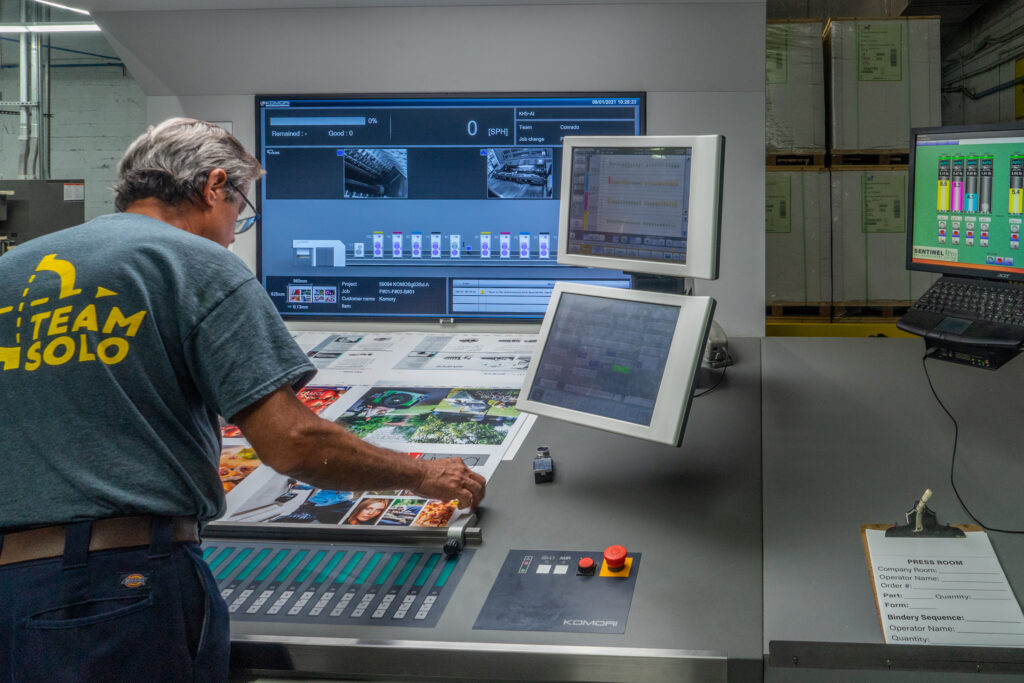
Conrad, our sheet-fed press operator shown above, for example, will perfect the color output by using the calibration software on our Komori LED UV presses. 🖨️
Levels and curves, as well as other adjustment tools, can be used to alter the color density of the output. 📈 Our operator also uses the software to calculate the ink absorption which will depend on the thickness of your selected paper and coatings that will be used for your print project. This is how we ensure color accuracy!
During this process, Conrad begins the press at a slow pace to inspect the alignment and color of the first prints. He continues these adjustments, until as shown above, he reaches the accuracy level that will then allow our Komori LED press to begin running at full speed. 👍✔️
Our Komori LED UV presses offers unsurpassed quality along with various specialty UV and aqueous finishes. Whether short or long run, our presses reproduce images beautifully in a variety of formats and on a wide range of paper stocks.
Contact us to learn more: www.soloprinting.com.
Creative Binding Options
Magazines, catalogs, and booklets rely on sturdy and attractive binding options to hold everything together seamlessly. The choice of binding not only impacts the functionality and durability of a printed piece but also plays a significant role in its aesthetic appeal. Saddle stitching, where pages are stapled along the spine, creates a sleek and professional finish ideal for magazines and booklets.
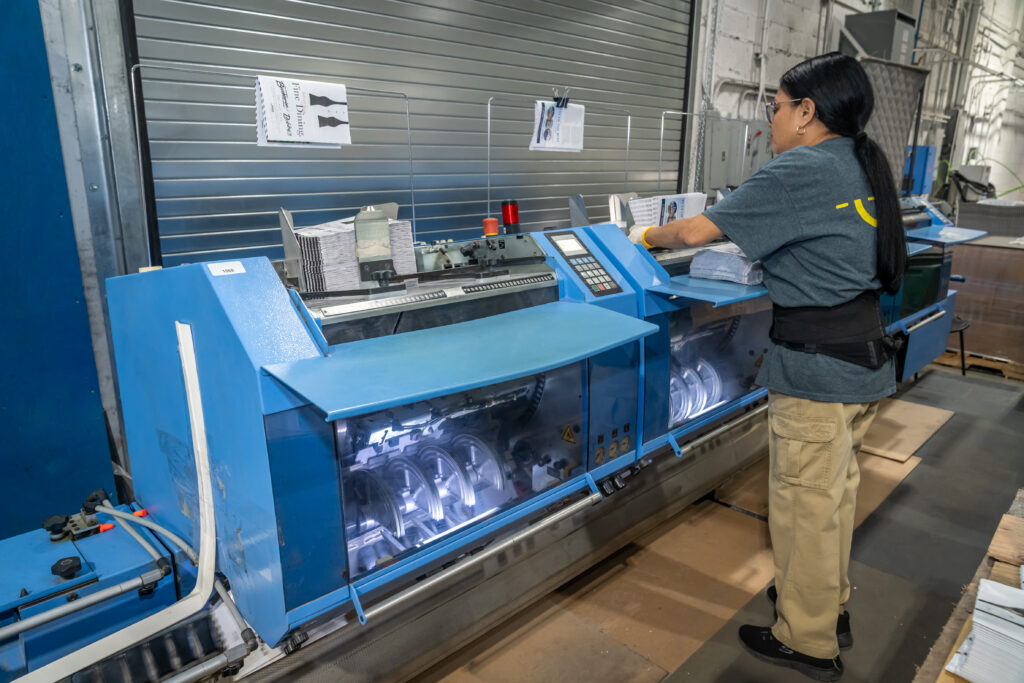
Perfect binding, which involves gluing pages together at the spine, lends a polished look suitable for catalogs and thicker publications. Spiral binding offers flexibility and allows pages to lay flat, making it perfect for manuals and workbooks. The choice of binding is a crucial design decision that influences the overall user experience and reinforces the brand’s image and identity.
At Solo Printing, we’re passionate about the artistry of commercial printing and the creative possibilities it offers. From the meticulous design and print finishing techniques to innovative binding options and paper selection, every aspect of the printing process contributes to the beauty and craftsmanship of our print products. We hope this exploration has given you a newfound appreciation for the artistry of commercial printing and inspired you to unlock the creative potential of your own print projects.
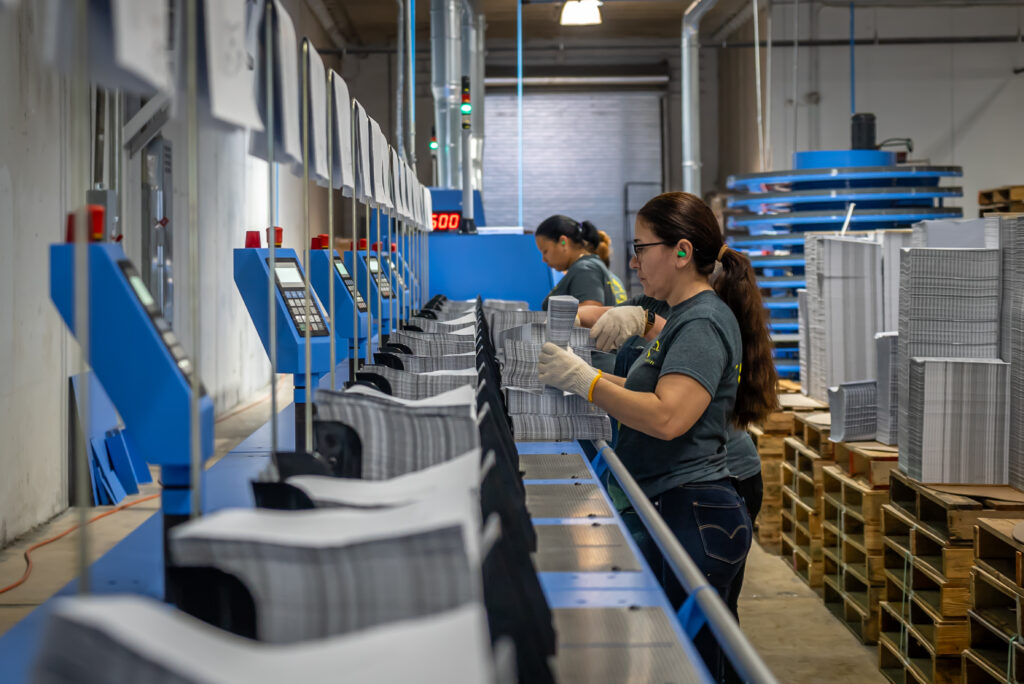
Stay tuned for more insights and inspiration from Solo Printing, and don’t hesitate to reach out to us for all your commercial printing needs. Whether you’re printing magazines, catalogs, booklets, brochures, postcards, or mailers, we’re here to bring your vision to life with style and precision. Happy printing!


